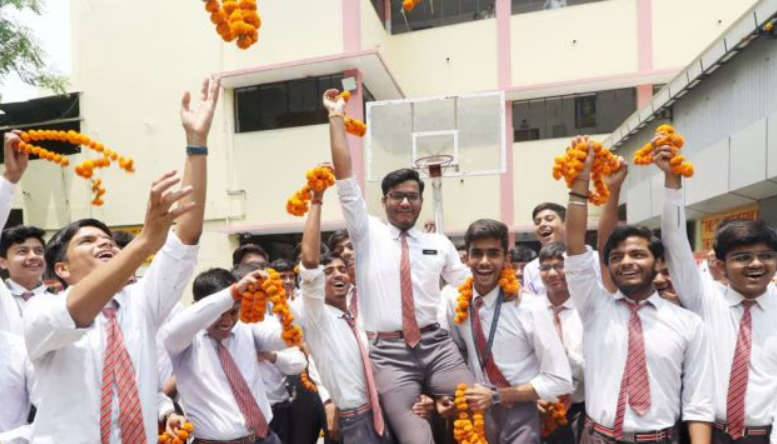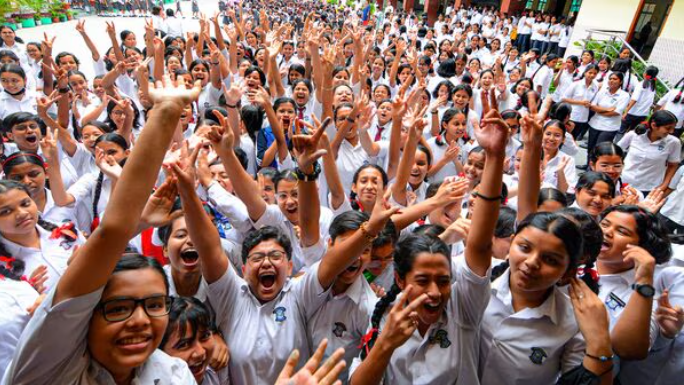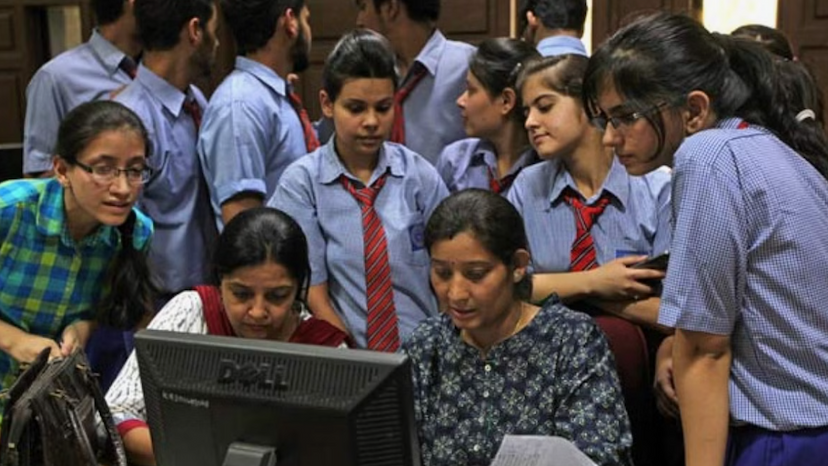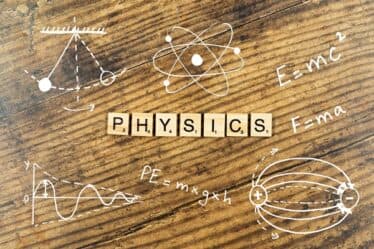Comprehensive Analysis of WBCHSE HS Result 2024: Insights and Trends

Exam scores reveal students’ hard work, persistence, and accomplishments. The West Bengal Council of Higher Secondary Education (WBCHSE) releases Higher Secondary (HS) Examination results, marking a milestone for lakhs of students in the state. The WBCHSE HS Result 2024 shows individual achievements and educational trends.
While analyzing the WBCHSE HS Result 2024, discover the meaning behind the statistics. This thorough research covers West Bengal’s educational environment, from pass rates to district-wise performance, top scorers, and educational dynamics.

Get a detailed view of the WBCHSE HS Result 2024 and its implications for West Bengal education, from success factors to areas for development.Discover statistics, trends, and actionable insights from the WBCHSE HS Result 2024 with us. Read more,AP EAMCET 2024 Admit Card Released: Download Hall Ticket at cets.apsche.ap.gov.in

Overview of WBCHSE HS Result 2024
The WBCHSE HS Result 2024 witnessed significant achievements and notable trends, reflecting the dedication and hard work of students across West Bengal. Here’s a summary of the key highlights:
- Total Appeared Students: 7,50,000
- Overall Pass Percentage: 89.99%
- Top Performer: Abhik Das from Alipurduar (99.2%)
- Exam Duration: February 16 to February 29
- Pass Percentage by Gender: Boys (91.86%), Girls (87.26%)
Pass Percentage Analysis
Let’s dive deeper into the pass percentage analysis, examining the performance of students based on gender and district.

Pass Percentage by Gender
| Gender | Pass Percentage |
|---|---|
| Boys | 91.86% |
| Girls | 87.26% |
From the table, it’s evident that boys outperformed girls with a slightly higher pass percentage.
District-wise Performance
District-wise Performance
| District | Pass Percentage |
|---|---|
| Purba Medinipur | 95.77% |
| East Midnapore | 95.75% |
| South 24 Parganas | 94.62% |
| North 24 Parganas | 93.84% |
| Hooghly | 92.91% |
| Kolkata | 91.55% |
| Paschim Medinipur | 90.78% |
| Bankura | 89.96% |
| Darjeeling | 88.73% |
| Howrah | 87.99% |
| Jalpaiguri | 86.55% |
| Murshidabad | 85.62% |
| Uttar Dinajpur | 84.78% |
| Dakshin Dinajpur | 83.91% |
| Birbhum | 82.46% |
| Malda | 81.73% |
| Nadia | 80.89% |
| Cooch Behar | 79.97% |
| Alipurduar | 78.85% |
| Purulia | 77.94% |
The table showcases the top-performing districts in terms of pass percentage, highlighting regional disparities in educational outcomes.


Top Three Scorers
| Rank | Name | School | Marks | Percentage |
|---|---|---|---|---|
| 1 | Abhik Das | Alipurduar | 496 | 99.2% |
| 2 | Soumyadip Saha | Narendrapur Ramakrishna Mission Vidyalaya | 495 | 99.0% |
| 3 | Abhishek Gupta | Ramakrishna Mission Vivekananda Vidyamandir | 494 | 98.8% |
The table lists the top three scorers, along with their schools and respective marks and percentages.
Performance Metrics
| Score Range | Number of Students |
|---|---|
| Above 80% | 52,878 |
| Above 60% | 2,73,580 |
These metrics provide insights into the distribution of students based on score ranges, highlighting the prevalence of high achievers.
How to Check Results
Students can access their results through various platforms, including official websites and the DigiLocker app. Here’s a simplified guide:

- Official Websites: Visit wbresults.nic.in or wbchse.wb.gov.in and enter your roll number and date of birth to view your result.
- DigiLocker App: Download the DigiLocker app, sign up, and follow the instructions to access your digital mark sheet.
Conclusion: Celebrating Achievements and Planning Ahead
Students, instructors, and the education system worked together to produce the WBCHSE HS Result 2024. The top achievers should be celebrated, but all kids should be recognized for their various abilities and accomplishments. The WBCHSE HS Result 2024 gives educational stakeholders useful knowledge and lays the groundwork for West Bengal higher secondary education development.
Also, read






